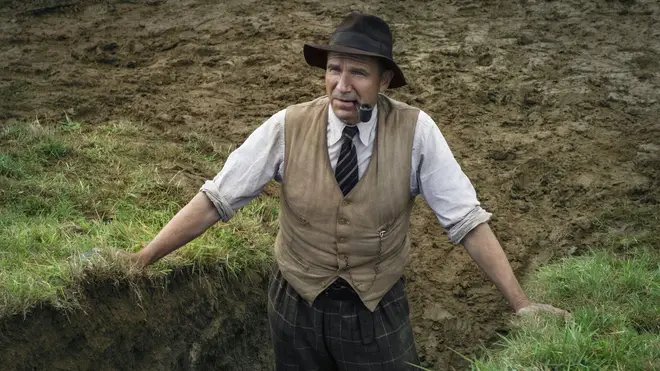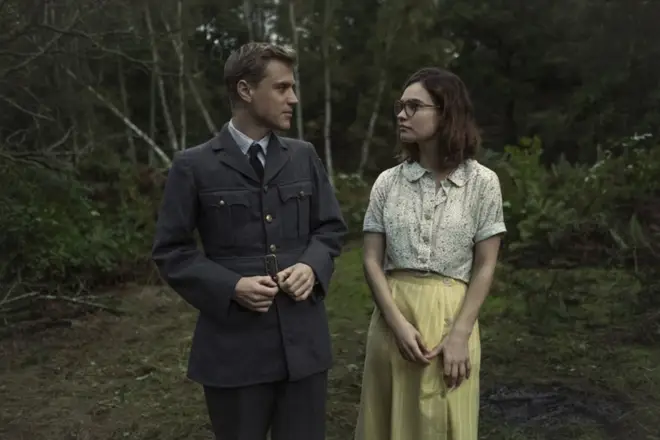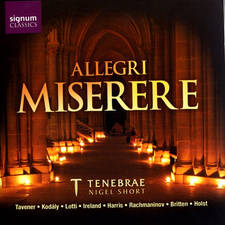The Dig soundtrack: all the music scoring Netflix’s film on the Sutton Hoo treasure
3 February 2021, 09:39 | Updated: 4 February 2021, 11:10

THE DIG starring Carey Mulligan and Ralph Fiennes | Official Trailer | Netflix
We dive into the delightful music scoring Netflix’s new film on the 1939 Sutton Hoo treasure find and detail the drama’s true-to-life recap of ‘the cellist and the nightingale’.
“These people had culture. They had art. They had money!” cries Charles Phillips (Ken Stott), the archaeologist who represents the British Museum in The Dig.
That’s the stirring moment the team of excavators behind the 1939 Sutton Hoo treasure discovery realise they have unearthed Anglo Saxon treasures, dating all the way back to the sixth century.
Ralph Fiennes stars in the Netflix drama as real-life excavator Basil Brown, who until recent years was uncredited for his work in unearthing the fossil of an Anglo-Saxon wooden ship on a young widow’s (Carey Mulligan) estate.
The extraordinary discovery took place the summer before the outbreak of the Second World War in rural Suffolk, a beloved hub of culture in itself. The birthplace of English composer Benjamin Britten, the county is also home to Snape Maltings, the arts centre best known for its beautiful concert hall.
We dive into the music scoring The Dig, which speaks beautifully to its rural setting.
Read more: The music of Bridgerton – Taylor Swift becomes a Regency symphony >

Who wrote the music for ‘The Dig’?
The Dig is scored by the music of Stefan Gregory, who made his feature soundtrack debut in the Netflix drama.
The Australian composer, best known for his music and sound design in theatre, has previously worked with The Dig director Simon Stone on a theatre production of Spanish playwright Federico García Lorca’s Yerma starring Billie Piper.
Gregory’s music for The Dig is soft and subtle. It embraces moments of silence and does not dominate, rather providing a melodious support for the film’s outstanding acting and script, and breathtaking Suffolk landscapes.
Sweeping strings and sounds from the natural world speak beautifully to the film’s British setting, with melancholy moments on the piano painting a picture of nostalgia for pre-war times and moments of wonder and discovery amplified by driving timpani lines.
We’re also treated to some wonderful Handel at the garden party scene near the end, when a fanfare moment from the English composer’s Music for the Royal Fireworks is played out by a brass band, in celebration of the historic local findings.
Read more: Soprano sings jaw-dropping Handel aria from church pulpit >

Is the story of the cellist and the nightingale real?
There’s a wonderful scene in which young archaeologist Peggy (Lily James), tells Rory (Johnny Flynn) of the time a cellist inadvertently played a duet with the nightingales inhabiting her garden.
“There’s a wonderful cellist called Beatrice Harrison,” Peggy says. “In the summer evenings she used to practise in the garden. One night she was playing a scale and a nightingale joined in.
“At first she couldn’t believe it, so she started playing a sonata, and the nightingale accompanied her.”
The story is truer than true, recalling the real-life moment British cello virtuoso Beatrice Harrison took her dignified instrument to her garden, and a songbird joined in.

Nightingales - 'Actually recorded in Beatrice Harrison's garden, Oxted' (1927)
Harrison had the moment recorded, and the magical 15-minute duet went out on live radio.
Records were issued after of the birds singing alone, and of the dawn chorus in Ms Harrison’s garden (listen above), both selling to the masses and finding widespread popularity.






















